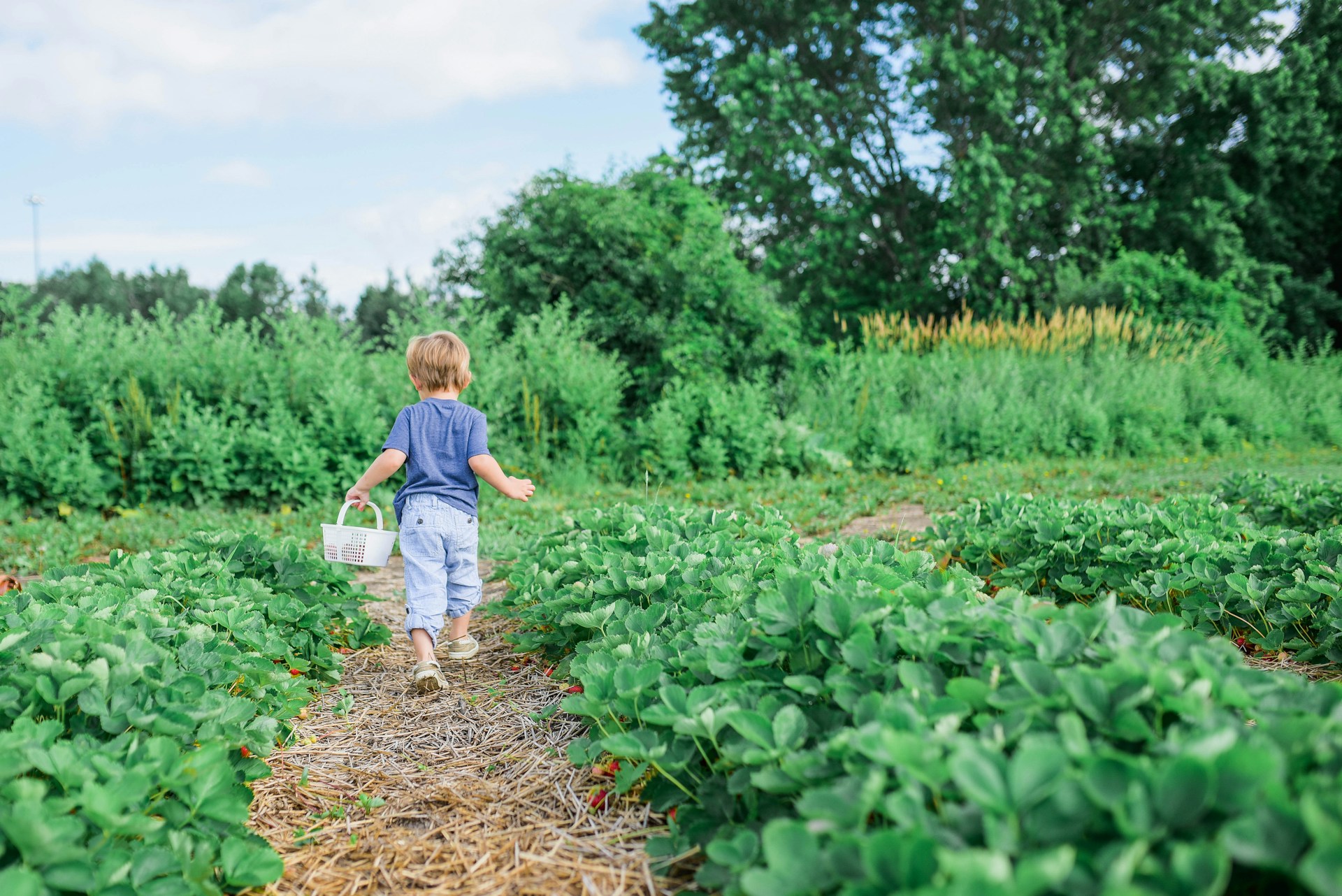
Backyard gardening is more than just a way to grow your food. It’s an opportunity to teach valuable life skills, bond as a family, and foster a deeper connection to nature.
For parents looking for engaging family activities, involving their children in creating a backyard garden is both fun and rewarding. This guide will show you exactly how to start a backyard garden with your kids—from preparation to planting.
Why Start a Backyard Garden with Your Kids?
Getting outside and working with your hands is a refreshing change from screen time. Here’s why backyard gardening is such a great family activity:
- Teaches responsibility: Gardening tasks, such as watering plants and managing tools, help kids develop a sense of duty.
- Builds patience: Growing plants isn’t instant gratification—it’s a lesson in delayed satisfaction.
- Promotes healthy eating habits: Children who grow their food are more likely to eat fruits and vegetables.
- Encourages teamwork: Gardening requires collaboration and communication, making it a great family bonding activity.
- Connects kids to nature: Gardening helps children understand ecosystems, the life cycle of plants, and the importance of sustainability.
How to Plan Your Backyard Garden as a Family
Before you dig into the soil, proper planning is essential for a backyard garden that thrives. Here’s how to involve everyone:
Choose the Right Spot for Your Garden
Look for a sunny area in your backyard with good drainage. Most vegetables and fruits need at least 6 to 8 hours of sunlight daily. If space is limited, consider vertical gardening techniques or container gardening as efficient alternatives.
Tip: Allow your kids to scout the best spot in the yard. This makes them invested in the project from the start.
Decide What to Grow
It’s always a good idea to involve kids in the crop selection process. Here are a few family-friendly options that are easy to grow and maintain:
- Vegetables: Cherry tomatoes, carrots, cucumbers
- Fruits: Strawberries, blueberries
- Herbs: Basil, oregano, mint
- Flowers (optional): Sunflowers, marigolds, and zinnias for an added pop of color!
Draw Up a Garden Plan
Create a simple sketch showing where each plant will go. Include rows and pathways while accounting for sunlight. Use child-friendly language and illustrations to get the little ones excited.
Pro tip: Use companion planting strategies. For instance, plant marigolds near tomatoes to repel pests naturally.
Building and Preparing Your Backyard Garden
Once the planning is done, it’s time to get your hands dirty! Here are the steps to set up your garden:
Gather Your Supplies
Before heading outside, make sure you have the following:
- Hand trowels
- Watering cans
- Potting soil
- Seeds or seedlings
- Gloves (optional)
To make this step more engaging, buy kid-sized gardening tools. They’re easier for small hands to manage and add to the excitement.
Prepare the Soil
Healthy plants start with healthy soil. Turn this into a learning opportunity by explaining what soil needs to thrive (nutrients, proper moisture, and aeration). Together, loosen the soil with a rake or hoe to improve drainage.
Pro tip: Add compost to enrich the soil—for a bonus activity, learn how to build a family compost bin for scraps!
Create Planting Rows or Containers
If planting directly in the ground, create evenly spaced rows that are easy to manage. For younger kids, container gardening may be simpler. Decorate the pots together to give them a personal touch.
Planting Your Backyard Garden
Finally, it’s time to plant! This is where the fun begins for kids.
Follow Planting Instructions
Every seed packet comes with specific planting instructions. Demonstrate how deep each hole needs to be, and show them how to gently cover the seeds with soil.
Add Labels
Label each row or pot with the plant’s name. To make this fun, have the kids create colorful plant markers using popsicle sticks and markers.
Water the Plants
Give the plants their first drink. Teach your children the importance of not overwatering (or underwatering) and create a schedule for regular watering duties.
Fun idea: Create a “watering schedule” chart where each family member gets assigned specific days.
Nurturing Your Backyard Garden as a Team
Gardening doesn’t end after planting. The true joy is in nurturing the garden and watching it grow.
Daily/Weekly Chores
Here are some chores you can delegate to your kids to keep things running smoothly:
- Pulling weeds
- Checking plant health
- Harvesting ripe produce
Bonus tip: Make choosing chores a fun game with a spinning chore wheel.
Keep the Learning Alive
Measure the height of plants weekly and track changes in a journal. Make predictions about which crops will grow fastest, or take photos to document your garden’s progress.
Harvest and Celebrate
Harvesting is the most rewarding part of backyard gardening. Use this time to celebrate the hard work your family has put in by cooking a meal together featuring the produce from your garden.
Troubleshooting Common Gardening Challenges
Every gardener faces challenges. Here’s how to address some common issues:
- Pests: Teach kids about natural pest-control remedies using garlic spray or introducing ladybugs.
- Weather issues: Make DIY mini greenhouses with plastic bottles to protect plants from unexpected cold snaps.
- Poor growth: Discuss fertilization options and how plants use nutrients to grow.
Gardening Beyond the Backyard
Backyard gardening doesn’t have to stop at home. Get your kids involved in community projects or local school gardens. This broadens their understanding of agriculture and gives them a chance to make new friends who share similar interests.
Create Lifelong Memories Through Gardening
Backyard gardening as a family is not just a fun activity; it’s a way to instill values of responsibility, teamwork, and sustainability in your children.
Whether you grow your own food, beautify your backyard, or simply spend quality time together, the shared experience is what makes backyard gardening truly special. Start small, enjoy the process, and watch your garden grow alongside your family.
Subscribe To Get Update Latest Blog Post
No Credit Card Required









